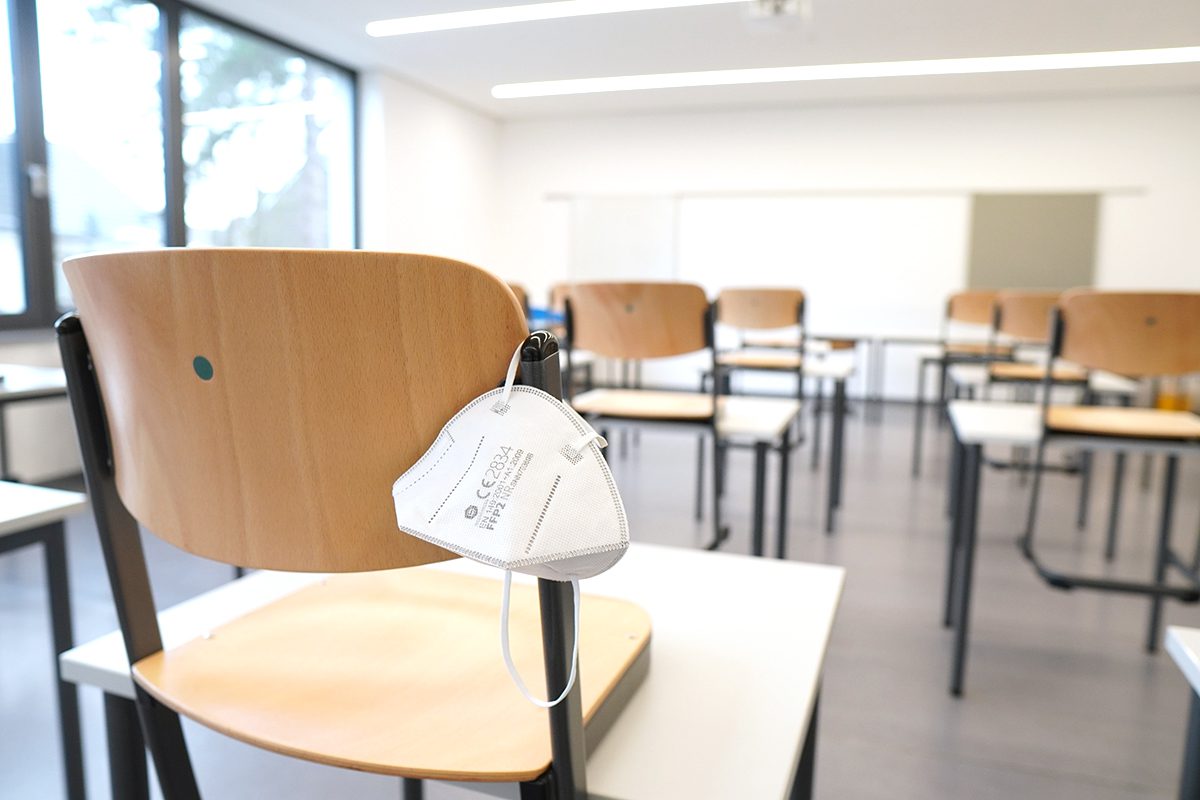We all hoped for a normal school year. After a summer break filled with fewer restrictions, gatherings with family and friends, dining out at restaurants, and enjoying recreational activities, our expectations for a more normal school year were renewed. However, many of the elements from the last school year have made another appearance. This time with mandates for wearing masks, prohibiting mask mandates, and mixed-masked environments. Many educators are experiencing another round of “pandemic-style normal.”
Art teachers are once again facing unknowns. We are wondering how to accommodate mixed-mask situations in our schools and our classroom studios. Do we need strict seating charts? How do we deal with our own beliefs about masking if our districts require the opposite? How do we set expectations and classroom policies? Are they the same or more flexible than last year?
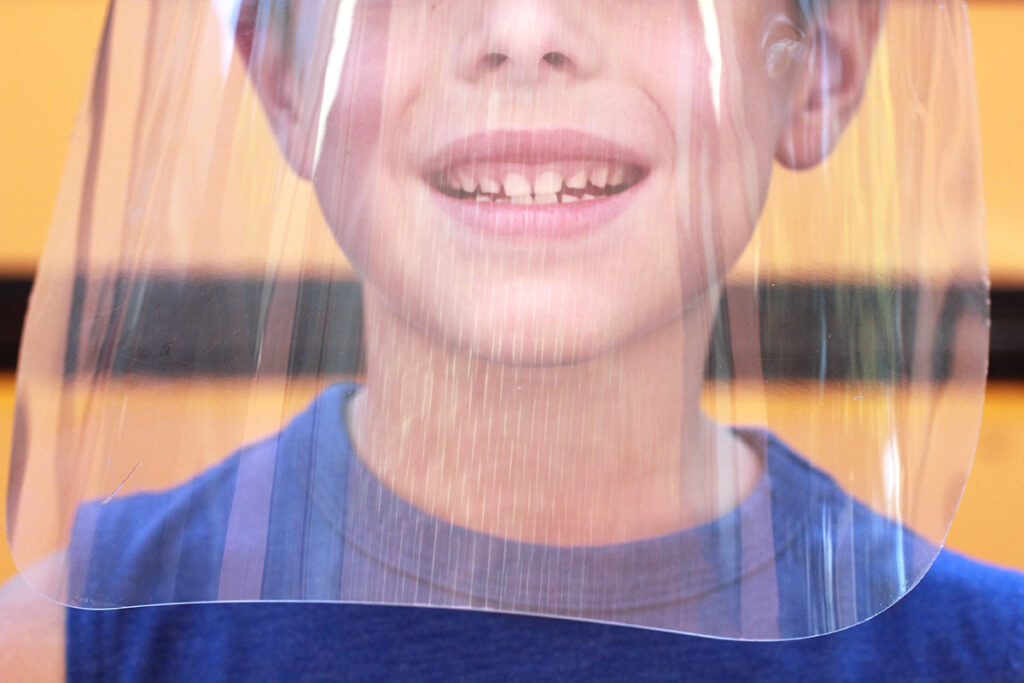
Before we dive into those answers, what do you need to know about masking in the art room?
The science behind the transmission of COVID-19 within schools continues to evolve. School administration, medical experts, and reliable news sources have kept us informed with updates since the spring of 2020. To keep our schools open and continue in-person instruction during the pandemic, the American Association of Pediatrics (AAP) states, “effective infection prevention and control requires the correct and consistent use of a well-fitting face mask.” The AAP released revised COVID-19 guidance over the summer, advising “all students older than two years and all school staff should wear face masks at school.” Additional preventive measures include physical distancing and hand washing. All of these strategies became an integral part of our daily lives during the 2020-2021 school year—not to mention limiting art supplies, teaching from carts, and shifting our teaching practices online in a snap.
With the Delta variant creating a surge in COVID-19 cases across the United States, many elected state representatives have mandated masks in schools, but mask mandates are forbidden in some cases. Wearing masks can carry a lot of emotional and political weight in our current social climate. Ultimately, your school leadership is generally the one to decide whether or not you or your students must wear masks this year.
COVID-19 mitigation efforts not only prevent the spread of a highly contagious virus but can help keep schools open and keep students creating artwork in our classrooms. No matter where your district falls on the mask-wearing issue, wearing masks in the art room has its challenges. Portrait photography can be tricky if a mask covers the subject’s face. Capturing contours as students draw facial proportions from observation is easier without a mask. Quiet student voices are even more muffled as they present their work in a critique. The masked and mix-masked art room presents a host of challenges.
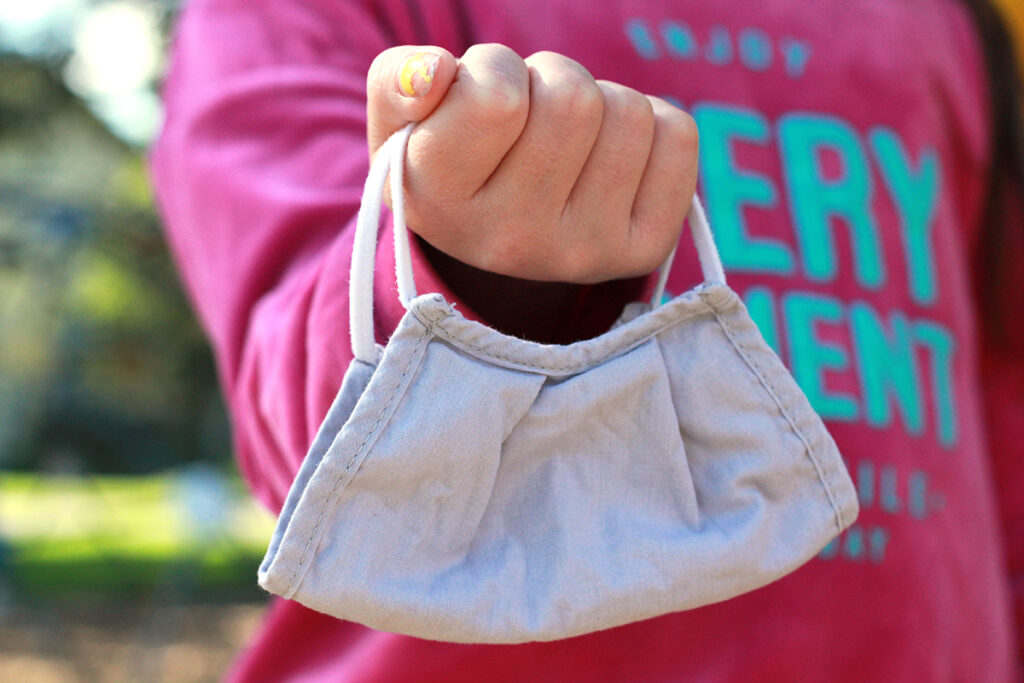
The art room isn’t the only place where wearing masks impacts learning. Certain content area teachers may be challenged to deliver instruction and facilitate learning with face coverings. Music teachers need to sing without muffled diction. Foreign language teachers need to demonstrate how to form the movements of the mouth to pronounce an unfamiliar language. Elementary teachers need to show their young readers how to sound out new letters and words. Physical education teachers need to facilitate activities to stimulate heart rate and require increased breathing. Additionally, people have a difficult time wearing masks for medical reasons or breathing issues. It’s definitely been a year plus of smiling with your eyes!
Whether you want to wear a mask, hate wearing a mask, or see them as a stylish extension of your wardrobe, your number one priority is to teach art. In the classroom and curriculum, it doesn’t matter where you personally stand on masks. What matters is that you continue to support your growing artists. They need you to show up fully present, being the best art teacher you can be.
So, how do you deal with mixed-mask situations in the place you spend most of your weekdays?
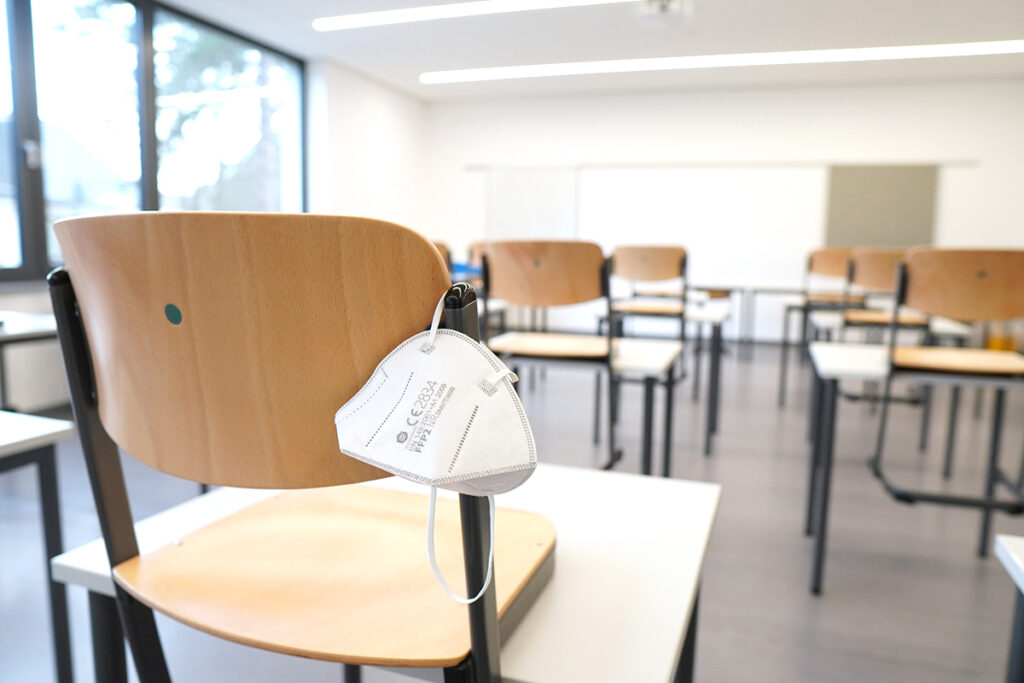
Consider the following points as you forge ahead.
Do we still need strict seating charts?
Most of us were used to charting out where our students sit in our classroom studios long before the pandemic forced us to do so. Last year gave many of us the death-by-fire experience of how critically important seating charts are when contact tracing is involved. Updated guidance from the CDC continues to advise that “contact tracing in combination with quarantine and isolation” is best, along with familiar preventative strategies that were in place in the 2020-2021 school year. So yes—it’s best to have seating charts prepared long before your administration comes asking for them.
How do we deal with our own beliefs about masking if our districts require the opposite?
Make the best choice for you and your loved ones when you have the option. Always seek guidance from your school’s administration on health and safety plans and policies. This includes how to respond to mixed-mask situations in your school. Your administration will follow state mandates, and it is your job to comply with the mitigation plan they have in place.
How do we set expectations and classroom policies? Are they the same or more flexible than last year?
Your classroom expectations and policies may have commonalities with last year. Many art teachers followed their school or district health and safety plan with strict guidelines for seating charts, limited supplies, social distancing, eating and drinking accommodations, mask breaks, one-way walking, and much more. If you are unsure which practices should still be in place, check with your administration. They can clarify questions you still may have regarding how your classroom runs.
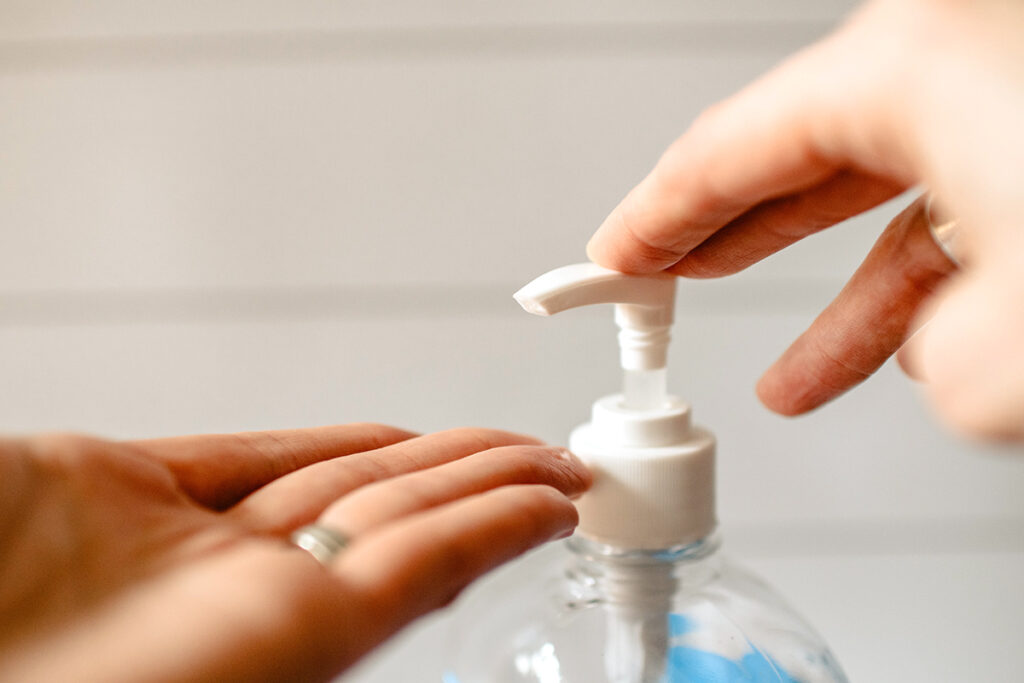
Teacher unions are advocating for you. The National Education Association (NEA) continues to advocate for a safe in-person learning environment across the country. The NEA “is here to ensure we rebuild schools with an emphasis on equity, return to the classroom safely, protect the most vulnerable students, and help educators navigate their rights and responsibilities amidst the COVID-19 crisis.” They published COVID-related resources for educators, including comprehensive guides to protect yourself and your loved ones during this school year.
Art teachers have found support from the National Art Education Association (NAEA) in the past. The NAEA has quickly responded to the circumstances due to the pandemic and has stepped up to encourage, share best practices, and inspire art teachers to be stronger together, rise above the struggles, and press on to the future of art education.
Here at AOEU, we have your back, too! For additional ideas and support as you navigate the logistics of your post-pandemic classroom, take a look at our Return to Learn, Art Education and the Coronavirus, and 1-2-3 A-R-T resources.
Above all else, teach what you love!
When the stress of your world seems overwhelming, find comfort in what you love. Art teachers bring joy to learners each day. We wear our superhero capes backward and pride ourselves on showing up to help young artists grow beyond their struggles. Anytime your spirits need a lift, read this love letter written just for you. Art teachers have the best job ever, and for the elementary art teachers living the celebrity life in the classroom, focus on the smiles, hugs, and genuine excitement you see every day. Relish it, and take a moment to appreciate the impact you have on all of your artists.
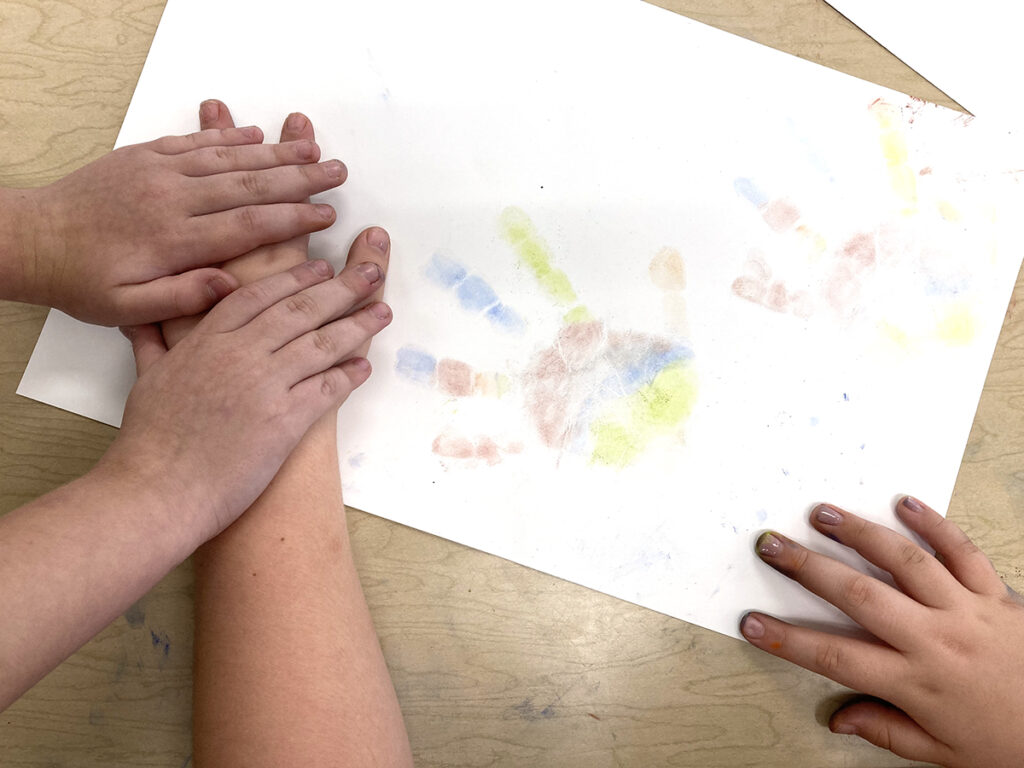
Teaching art in the era of a global pandemic has brought its challenges, to put it mildly. You are making the best of your situation, mask or no mask. Be proud that you have overcome the fear of the unknown and adapted to the ever-changing demands of the current circumstances in education. AOEU is still here for you and will continue to support you when you need it.
What are your concerns about mixed-mask situations in your art room?
How are your school and administration handling face coverings this year?
Magazine articles and podcasts are opinions of professional education contributors and do not necessarily represent the position of the Art of Education University (AOEU) or its academic offerings. Contributors use terms in the way they are most often talked about in the scope of their educational experiences.
